$195.00
This text first appeared as an appendix to the first edition of the Grimoire of Pope Honorius in 1670. It was reproduced with some additions in the second edition of that title in 1760, and elsewhere. Its significance has been overlooked. It preserves the voice of a 17th Century practitioner of folk magic of a truly remarkable kind. In Europe generally, about 80% of those persecuted for witchcraft were women. However, in Normandy, France about 90% were men and most were shepherds with horsemen and blacksmiths also persecuted. Most part of this work deals with the magic of shepherds and horsemen, including reference to toad magic, which the shepherds were particularly suspected of practicing.
Out of stock
From the publisher:
Guidon, Magic Secrets, Society of Esoteric Endeavour 2011, Numbered limited edition of 180 copies. Translated from Norman French by Philippe Pissier. Paperback 88pp Illustrated (some coloured) 6 x 4.
Book is in very good condition with some light handling. Book is bound to look old and archaic
The Nature of the Text.
This text first appeared as an appendix to the first edition of the Grimoire of Pope Honorius in 1670. It was reproduced with some additions in the second edition of that title in 1760, and elsewhere. Its significance has been overlooked. It preserves the voice of a 17th Century practitioner of folk magic of a truly remarkable kind. In Europe generally, about 80% of those persecuted for witchcraft were women. However, in Normandy, France about 90% were men and most were shepherds with horsemen and blacksmiths also persecuted. Most part of this work deals with the magic of shepherds and horsemen, including reference to toad magic, which the shepherds were particularly suspected of practicing. Whilst much of the magical workings are overtly Christian, some are specifically demonic and some utilises an otherwise unknown system of names of power (that include Satan) to provide the practitioner with magical familiars. Guidon notes that this system is quite different to that found in the Key of Solomon or Agrippa. The illustrations (some coloured) provide contemporary images of a practitioner practising his craft and also a talisman that came to be adapted for stopping horses, representing a tradition esoteric horsemanship where horses are treated as familiar or spirits to be controlled, very different to the Society of the Horseman’s Word, but which also operated in Britain. This talisman is realised as per the instructions, and tipped in. Some spells are explicitly blasphemous, and indicate either the survival of pre-Christian belief or the emergence of very early neo-paganism. This blasphemy was a secret from most, being framed in Latin. It required expert, professional translation to uncover it. One spell is very obscene. The correct literal translation of this into English makes this publication the first occult book (to my knowledge – I am happy to be corrected!) to use the four letter “C” word since Crowley, and then he, rather demurely, disguised it with acrostics! The Commentary discusses the magical use of obscenity and blasphemy.
The anonymous Commentary also discusses the general significance of the text and how it intersects with academic knowledge concerning the persecution of witches in Normandy and how the Guidon, in some of the practices being described, attempted to stay within the letter of the law, but also how other parts are clearly demonic and how mere possession of the text might have got one into a lot of trouble. As mentioned the text is most certainly practitioner generated. The first few pages applaud the work of Guidon. His, at times pedantic, description of his technique, and how it varies from others, signals that he was a practitioner amongst other practitioners, rather than a commentator. He is certainly not condemnatory, except to the authors of the malevolent spells from which he seeks to protect livestock. The practices are by no means confined to Normandy. He gives the detailed ritual by which the person who curses an animal to may be tortured into submission or killed, the Commentary explains that the traces left behind by the working have been found many times in the British Isles too.
The physical form of the book.
Most books, at that time, were issued with temporary paper wraps to be discarded when the gentleman purchaser commissioned a bookbinder to trim and bind the book in leather to match the rest of his library. However, the original publication of this text was not posh. It was of the genre of more down market publications, the chapbooks, which were effectively leaflets. This work was of that nature, with a printed paper cover featuring large eye catching text and a striking talismanic design. This is referred to in the text of 1760 edition – so it was clearly not meant to be rebound. This early incarnation of what is often taken to be the 20th Century phenomena, a paperback book, is reproduced as a paperback now, being given a “yap” binding (where the covers extend beyond the bookblock) with clipped corners. Modern paperback covers are laminated with plastic to make them impervious. The covers of this edition have been waterproofed in the traditional manner, being rubbed with beeswax that is then polished with a smooth stone. The rough charm of the original production has been recaptured. The paper (Hahnemahle Medieval Laid 130 gsm) was selected as that most like 17th Century paper, with its texture a natural result of the traditional mould-made production method, which also gives it natural decal edges, here carefully retained. Lead type was expensive, and so was used long after it had started to wear. A typeface is here used which duplicates the appearance that wear gave to the printed page. The (occasionally erratic) use of italics and arrangement of the text is exactly reproduced, as are the sometimes-irregular borders. The book is supplied untrimmed and most (ie copy number 1 to 154 inclusive) are, at least partly, uncut. This means that, in order to read the book the purchaser must use a knife to slit connected pages. Occasionally, old books come down to us “uncut”, and therefore unread. However, I am not aware of another modern book supplied thus (but happy to be corrected!). For those who wish to avoid this experience copy numbers 155 to 180 are supplied as if neatly cut, but with suitably irregular edges. The books dimensions are the same as the original publication. The intent is to give the book the look and feel of being contemporary to the original date and nature of the text. Needless to say, the book is hand sewn and hand bound.
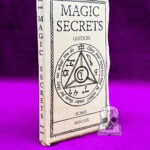 MAGIC SECRETS by Guidon (Limited Edition in Wraps)
MAGIC SECRETS by Guidon (Limited Edition in Wraps)
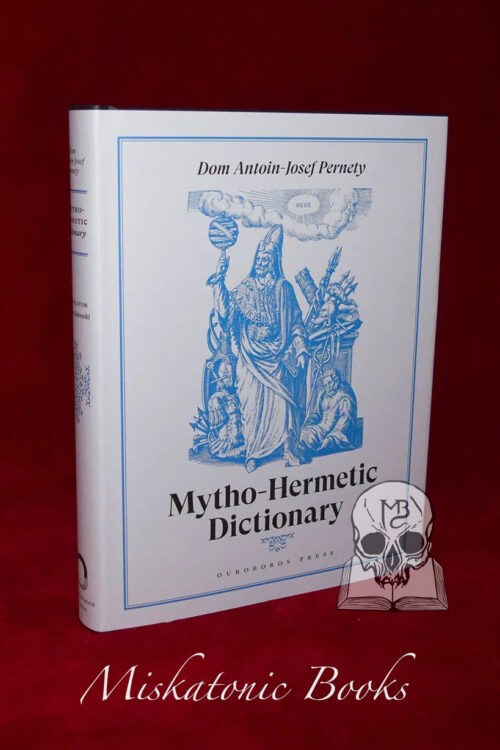
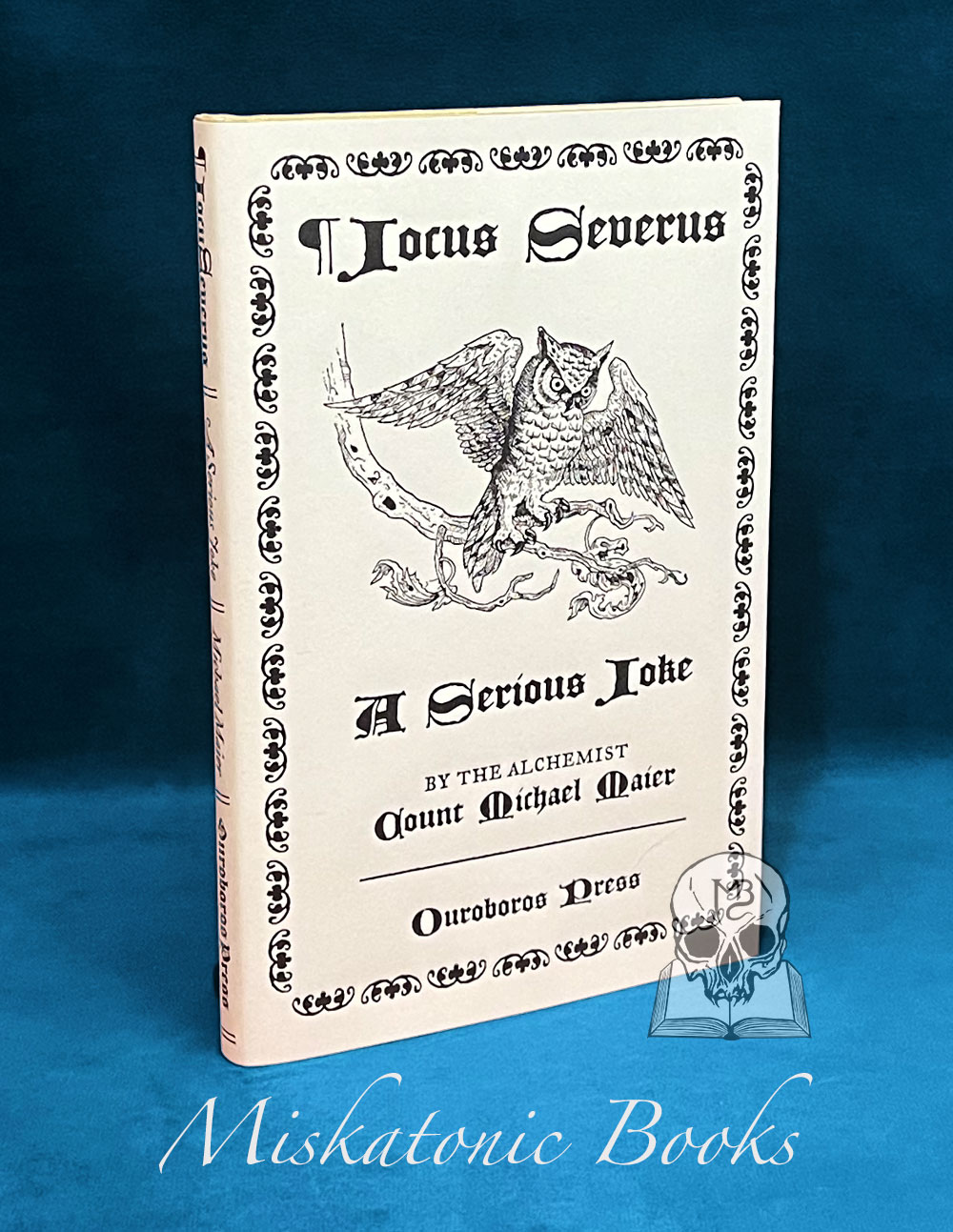
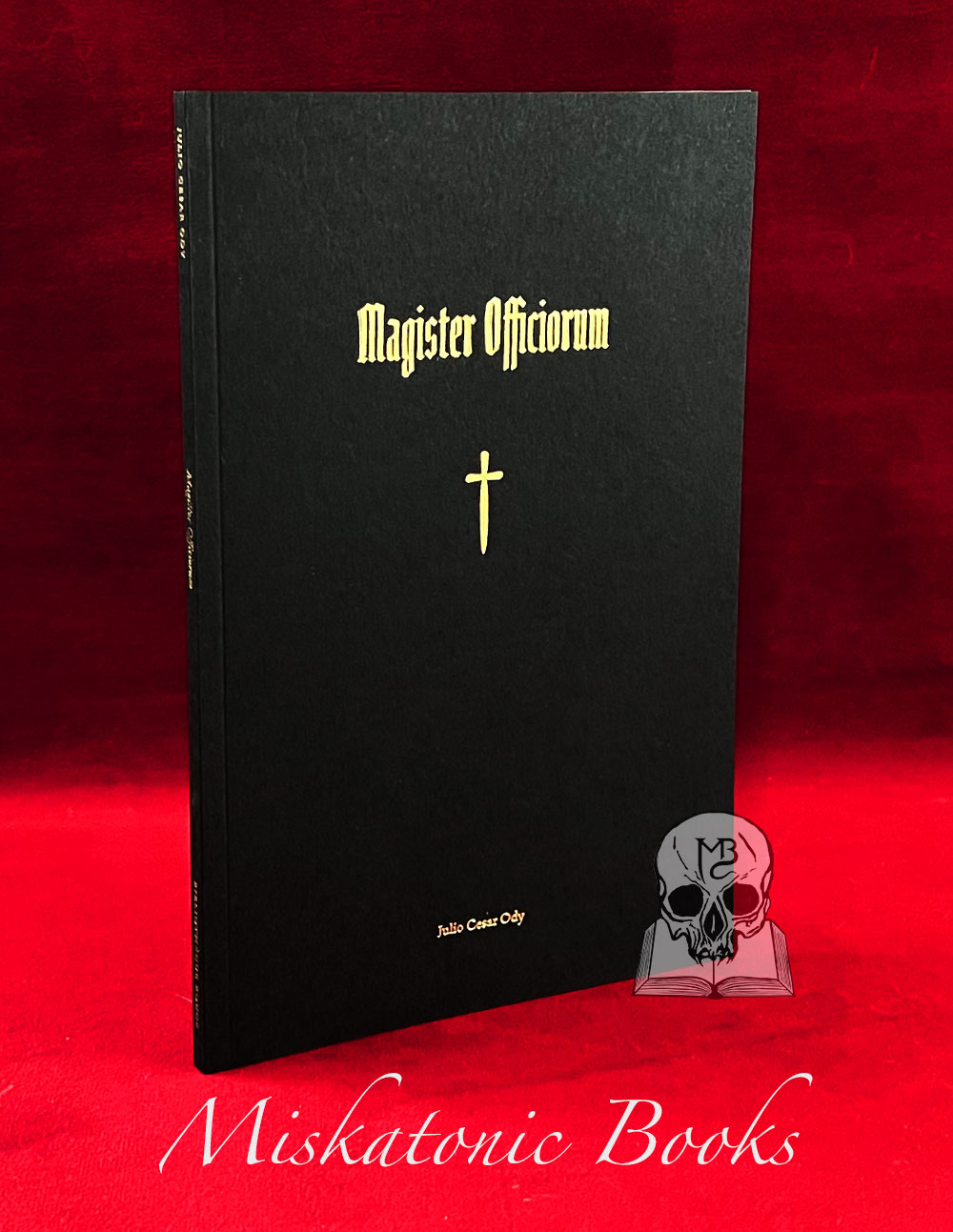
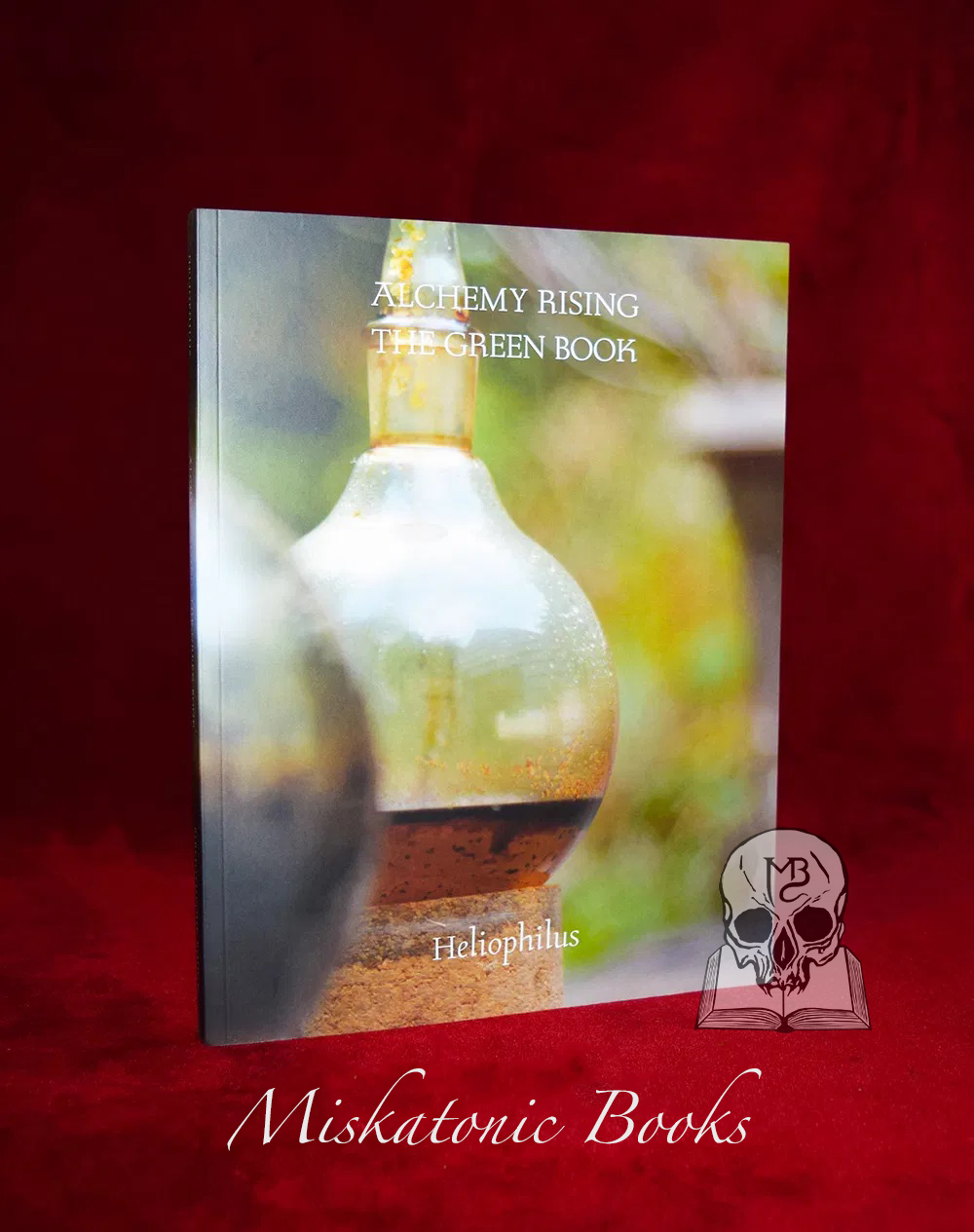
Miskatonic Books | P.O. Box 204, Laurel MT 59044, United States
Reviews
There are no reviews yet